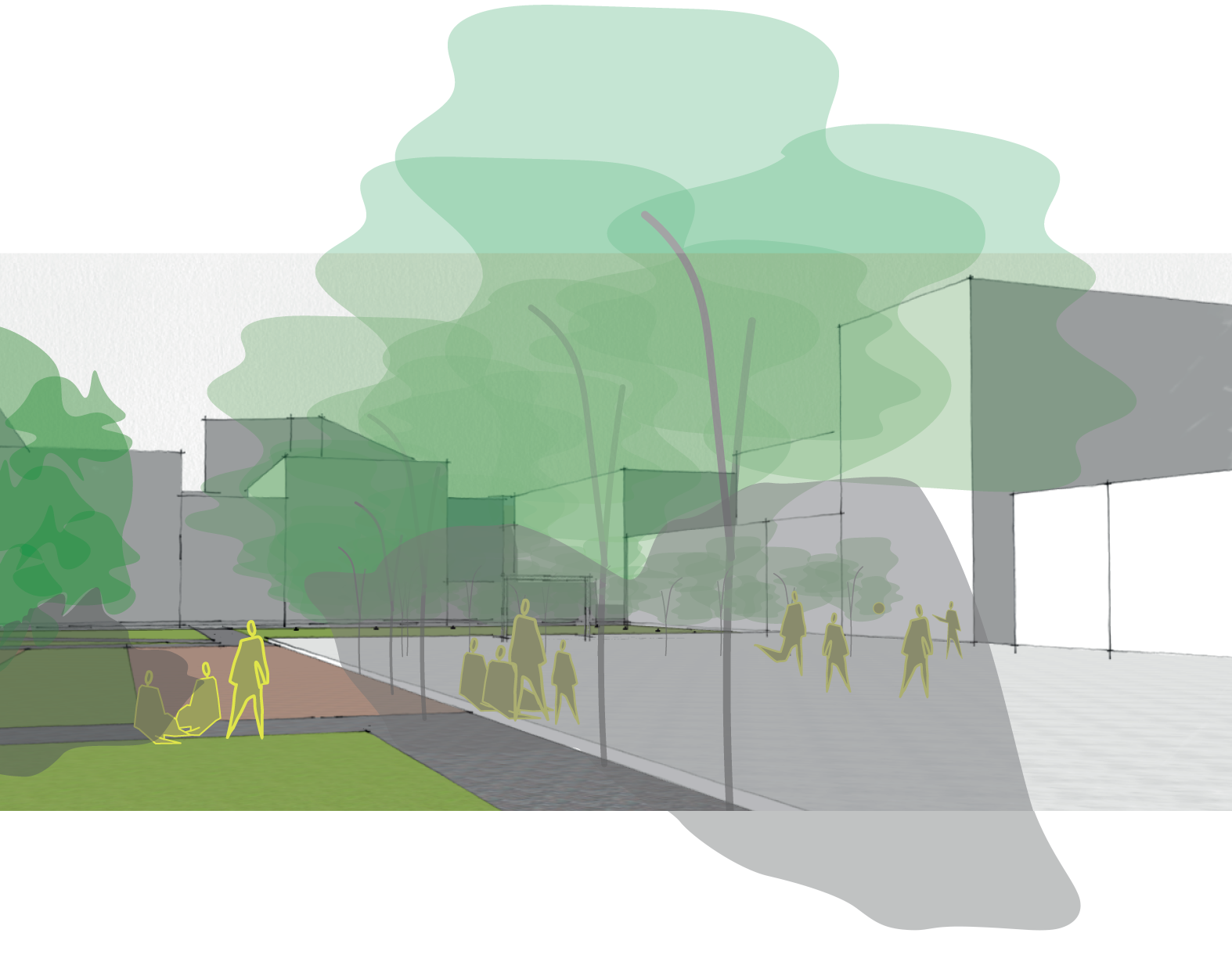Lima, Peru
Urban sustainability expert Carol Torres examines ways thermal comfort could be improved in Lima.

Why Lima?
When looking for sustainable ways to cool the urban environment, Lima presents a very unique case. As in many other cities, increasing vegetated areas could be a potential strategy to help the city achieve the purpose of cooling. However, the nature of Lima’s climatological and urban conditions makes this approach very challenging.
While Lima is a hyper-arid city, dealing with severe water scarcity which complicates the natural growth of vegetation, it is also highly vulnerable to increasing temperatures. Lima’s geographical location exposes the city to intense solar radiation which is magnified by the development of urban heat islands to meet its current population demands, all exacerbating the effects of climate change. To make things worse, Lima continues to experience exponential urban growth, taking place in formal but also informal areas. Therefore, the green infrastructure of the city needs to be strategically planned to be successful and sustainable.
Results
The analysis focuses on a typical informal settlement using ENVI-met to explore three scenarios.
The first examines its current under-developed state. The second (business-as usual-case) considers a future development based on traditional local patterns of urban design and development – for instance large areas covered by grass and others with xeriscape. And the third reviews a future development with a strategic approach, considering the existing intensive development but using shade and vegetation strategically to improve thermal comfort. A particular characteristic of this study was to maintain a moderated approach to increasing vegetation, due to the constraints of water scarcity.
The ENVI-met analysis shows that if the neighborhood develops as usual, there could be an increase of 6 to 15 K in some streets in pedestrian thermal stress under the PET thermal index.
However, this could be mitigated by applying a strategic approach, for instance, by avoiding placing trees without considering their interaction with the shade of buildings, or by implementing trees with denser foliage. Taking advantage of the shade offered by tall buildings forming to narrow streets can also be useful. Some streets could be 20 K cooler than the business-as usual-case if, for instance, trees with dense foliage are implemented in the main avenues of the neighborhood. Reserving some areas for ventilation corridors can also be beneficial, especially those close to vegetated areas like parks.
In other words, ventilation, shade, and vegetation (preferably urban trees with dense foliage) need to be strategically combined to ensure thermal comfort, and this should be preferably targeted to relevant areas for pedestrian activity in Lima.
